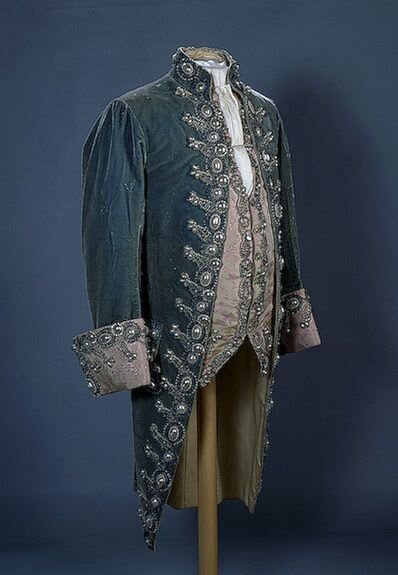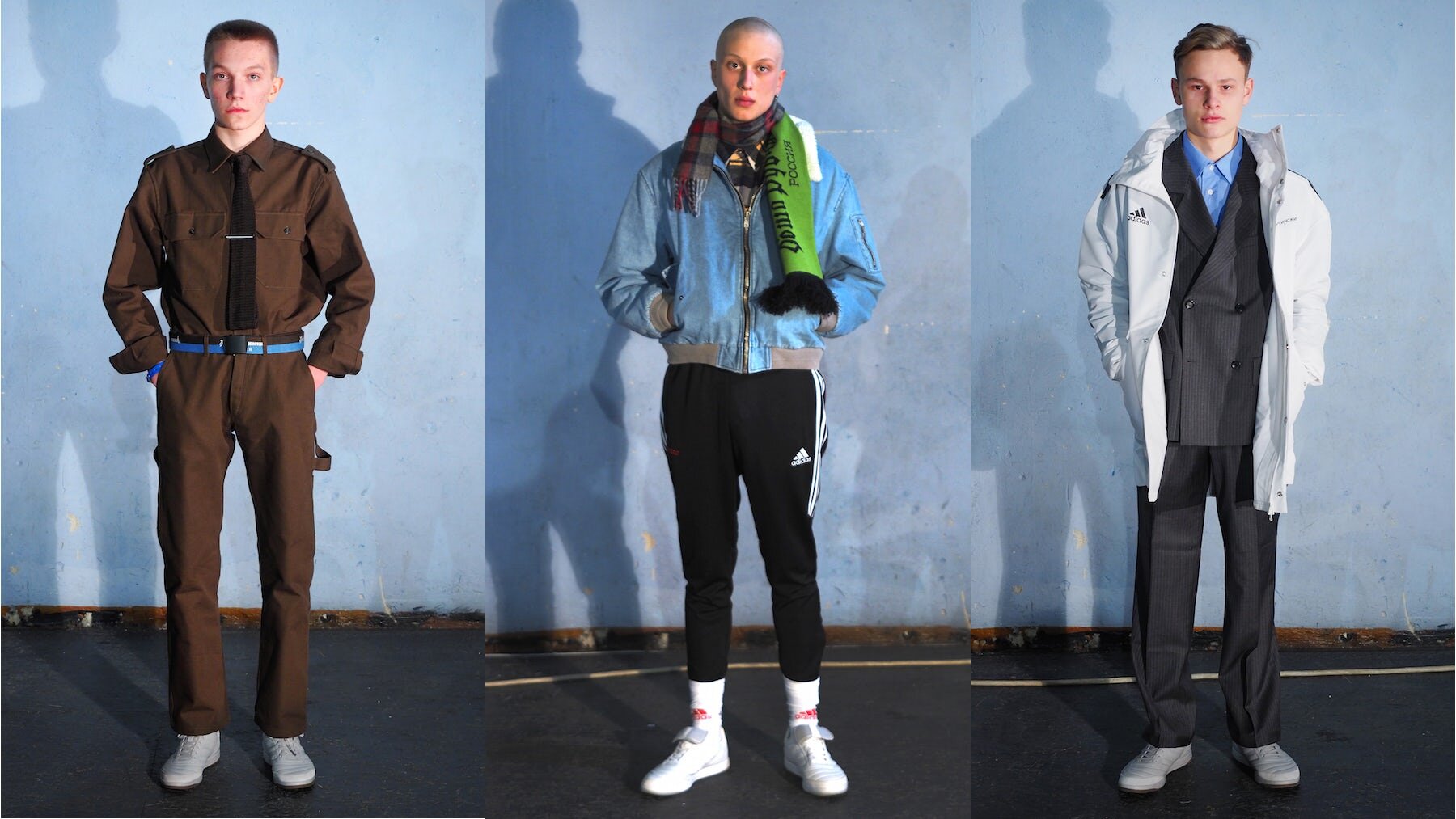Fernweh~4: Russia
fernweh
/ˈfɛʁnveː/
farsickness or longing for far-off places
The last couple of weeks passed by as I listened to my friends in Chicago talking about how cold the weather is in the city. To be honest, and definitely not to say this out of spite, I cannot relate to any of the cold weather comments as I am currently living in a town neighboring the Aegean Sea. Of course, that comes with the region’s own flaws, such as being taken aback by the slightest of a snowfall. So, for today’s fernweh visit, I decided to accustom my warm-climate being, maybe not physically but at least mentally, to a much colder geographical place. Without leading to an exaggerated expectation, this entry’s destination is Russia.
Traditional
The first thing that caught my attention about traditional Russian clothing is that, in the early stages, certain garments were not exclusive to gender or class. A clothing piece called “rubakha” was worn by both women and men, rich and poor. Rubakha is a loose-fit shirt decorated with embroidery on its hem. The detailing was a very rudimentary component that disappeared slowly with time.
Another common clothing element was, or is, as it is still used today, the “shuba.” Shuba is a coat that is covered by a layer of fur on the inside. Both men and women wore and still wear shuba to stay safe from the territory's harsh weather.
The slight differences in clothing started to appear in the later years of Russia. Russians began showing their social status by the textiles woven into their “Sarafan,” a long, silk, velvet, or linen dress that was first used by men and then by women. Women could be further differentiated by their “kokoshnik,” a headwear that indicated their marital status. While the unmarried women used to let their hair get braided and flowered, the married women hid it below their kokoshnik.
14th-18th Century
Like the rest of the world, Russia's clothing was highly intertwined with the politics of the time. In the 14th century, the French and Italian traders imported different clothing materials that varied in color and pattern. This, of course, affected the way Russians dressed. However, to avoid the European impact on the Russian culture, the tsars punished the people, both the natives and the foreigners, who used European clothing items or accessories.
As you may remember from the previous section, clothing was once similar for all the citizens of the country. With the increase in wealth, the government banned the higher social classes from wearing traditional garments, such as the sarafan, as they reminded the peasants that they were “obviously” lower in status. However, starting from the top (the Russian palaces), European clothing began to be embraced by the upper-class people. The once avoided European impact was now inevitable.
19th-20th Century
With the influence of European clothing, the French movement entered the geography. With its narrow waists, flat skirts, and high heels, the rococo style was accepted by saloon ladies and became the go-to clothing for a night out. The European touch was even incorporated into the traditional sarafan.
Later in the 20th century, with the rise of the military-political Bolshevik movement, a more masculine, easy-to-work uniform-like clothing replaced the French style for both women and men. Comfort, homogeneity, and conformity were above everything.
With the dissolution of the USSR, as travel began to be accessible to all, designers and entrepreneurial business owners began to travel the world. This extended the vision of Russian fashion globally and led to today’s contemporary style, which is intertwined with Europe's.
Contemporary Times
The post-Soviet era was the golden time for newborn artists. One of them, Rubchinskiy, incorporated his love for photography and film into his customized t-shirts. Later, getting discovered by famous brands such as Adidas and Fila, Rubchinskiy became a household name characteristic of the streetwear trend.
Another designer, Yudashkin, is famous for his efforts to bring Russian clothing into the international market. He is known to be one of Russia's most prestigious designers, with his clothing exhibited in museums all around the world.
Rubchinskiy
Yudashkin
Even though Russia looks like a huge country with borders made out of ice, with the rise of globalization, its clothing industry has melted into the perception of “global fashion.” Behind all the snow, as seen by the other fernweh articles, there lays a manifestation of a state-of-mind that is highly influenced by culture, politics, and social interactions.
More information at
https://www.russiancourses.com/blog/evolution-of-russian-clothing/
https://fashion-history.lovetoknow.com/clothing-around-world/russia-history-dress
http://www.eurochannel.com/en/3-Important-Russian-Fashion-Designers.html
https://theculturetrip.com/europe/russia/articles/10-russian-fashion-designers-you-should-know/
Thumbnail image























